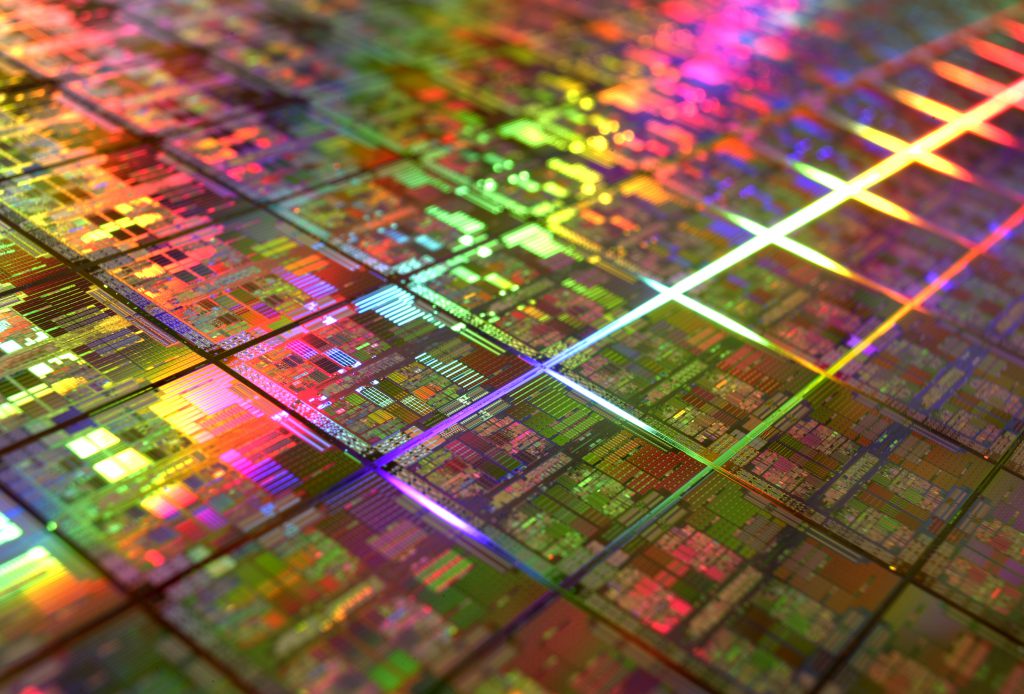Monolith – Memory Card
A Block of Stone and Electrons
You’re probably familiar with storage devices such as USB flash drives, SD cards, etc., which use what's called "flash" memory. Unlike hard drives, these devices operate solely through electronic processes by trapping electrons in microscopic grids.
Previous Generations of Storage Devices
First of all, there’s the electronic board where components are soldered. This includes mainly a connector, a controller, a clock, and one or more flash memory chips.
The connector allows the device to be plugged into an appropriate port or reader.
Flash memory chips are also found on the board. There may be one or several depending on the model and capacity. A memory chip is a storage space where data is recorded. These chips are made up of tiny grids capable of trapping electrons in each "cell." A cell will then be interpreted as a value (1 or 0) depending on whether it contains an electron or not.
This electronic board also includes a controller, which is a small electronic chip containing firmware. This firmware allows the storage device to identify itself to the computer or device it’s connected to. The controller also manages how data is stored within the flash memory chips.
All the controller’s operations are synchronized by a clock. This clock is a quartz component also present on the board. Since the controller and memory chip are fragile, they are enclosed in a layer of black resin for protection, ensuring the component’s integrity. As a result, each component has a defined size that limits how small the storage devices can be.
For several years now, a technology has been gaining traction in the market. It reduces the cost of manufacturing flash memory devices. This technology is called monolithic design.
What is a Monolith?
By definition, a monolith is a large block of stone made from a single material and presenting a simple form. This term is now used to refer to a recent technology in flash memory devices where all components are embedded within a single protective resin block.
In older flash memory devices, the memory chip, controller, clock, and resistors all had predefined sizes so they could be soldered onto the circuit board by assembly robots. This limited how small the devices could be.
In a monolith, all elements are placed in a compact, unprotected form. Then a single protective resin layer is applied over the entire USB stick or memory card, forming one solid block. In this case, the only size constraint is the universal connector.
While miniaturization has always been a trend in electronics, monoliths offer other benefits, especially for manufacturers. Production costs are significantly lower since the manufacturing process is simplified.
The result is also much lighter and smaller than traditional flash memory devices. Monoliths provide manufacturers with a wide range of design options, making products more attractive or more suitable for specific uses or users.
Finally, in some cases, this system could offer better durability for internal components. Given the huge potential of this new technology, we’re likely to see more manufacturers switching to monolithic flash storage production.
The Future of Flash Memory?
Like any technological advancement, monolithic design also brings its share of constraints and issues. Because all components are tightly packed in a small block, a simple crack could quickly reach the memory chip and be fatal to your data. The dense packaging also makes it more vulnerable to material expansion caused by issues like short circuits, potentially cracking the monolith.
The miniaturization of flash storage doesn’t directly affect product quality. However, as with any device, increasing data density in memory chips often results in less reliable components.
In the case of monoliths, the goal is clearly to make devices as small as possible. High-density chips are therefore preferred to keep the physical size minimal. Although monoliths are still relatively new, they’re becoming increasingly common on the market. It’s quite possible they may one day completely replace traditional flash memory systems.

